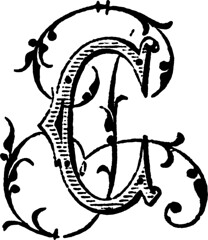Career management – writing a covering letter
Right then onto the covering letter; so far we’ve covered a number of areas in this career management series. In this post I am going to be covering some key topics about covering letters and will be making reference to the posts on deciphering situations vacant adverts , blowing your own trumpet and getting to know yourself better posts.
What is the purpose of a covering letter in career management?
Alongside the application form or CV that it accompanies, the primary purpose of a covering letter within your career management campaign is to get you an interview. To have the maximum opportunity to do that there are some things you need to consider, we will cover those below.
Key aspects of a covering letter
The covering letter is likely to be one of the first things that a recruiter will see, therefore, if you want the opportunity to get an interview your covering letter needs to make an instant impression; a good one of course. To do that it must be well written and well presented. The content will be covered below. As for presentation the letter should be well laid out, printed on quality paper and use consistent fonts to those on your CV or application form (where you complete the form electronically).
Covering letter content
Whilst actual presentation formats may vary the key content structure is the same, that being three primary sections.
- Introductory paragraph
- Why you believe you should be considered
- Closing statements
Let’s look at these in a little more detail.
Introductory paragraph
Within this paragraph you tell the employer why you are writing, generally this will be to apply for an open position. To that end, you then state the job title, reference number (if one is given) and in name & date of the publication where you saw the advert. You may also wish to consider providing a one sentence summary as to why you think that you are a suitable candidate.
Why you believe you should be considered
This is the section where you tell the recruiter in solid terms why you believe you are suited to the job. Now, this is where you reference the prior two posts mentioned above. From the analysis of the job advert you will now have the key job and people specifications. From your self and accomplishment analysis you will have some strengths and success stories to compare and match to the job and people specs.
Within this area of the letter, you craft the narrative of how your strengths/successes match the recruiter’s key requirements or you can present your suitability against key requirements in the form of a table; whichever feels most comfortable to you. It is likely you will need to cover a selection of them, it is not necessary to cover them all.
Closing statements
The general close to the covering letter is to state how enthusiastic you are about the position and how much you are looking forward to the opportunity to meet and discuss the role further.
A final thought
Make sure that you use strong statements and positive language when writing you covering letter.

![]() photo credit: zigazou76
photo credit: zigazou76